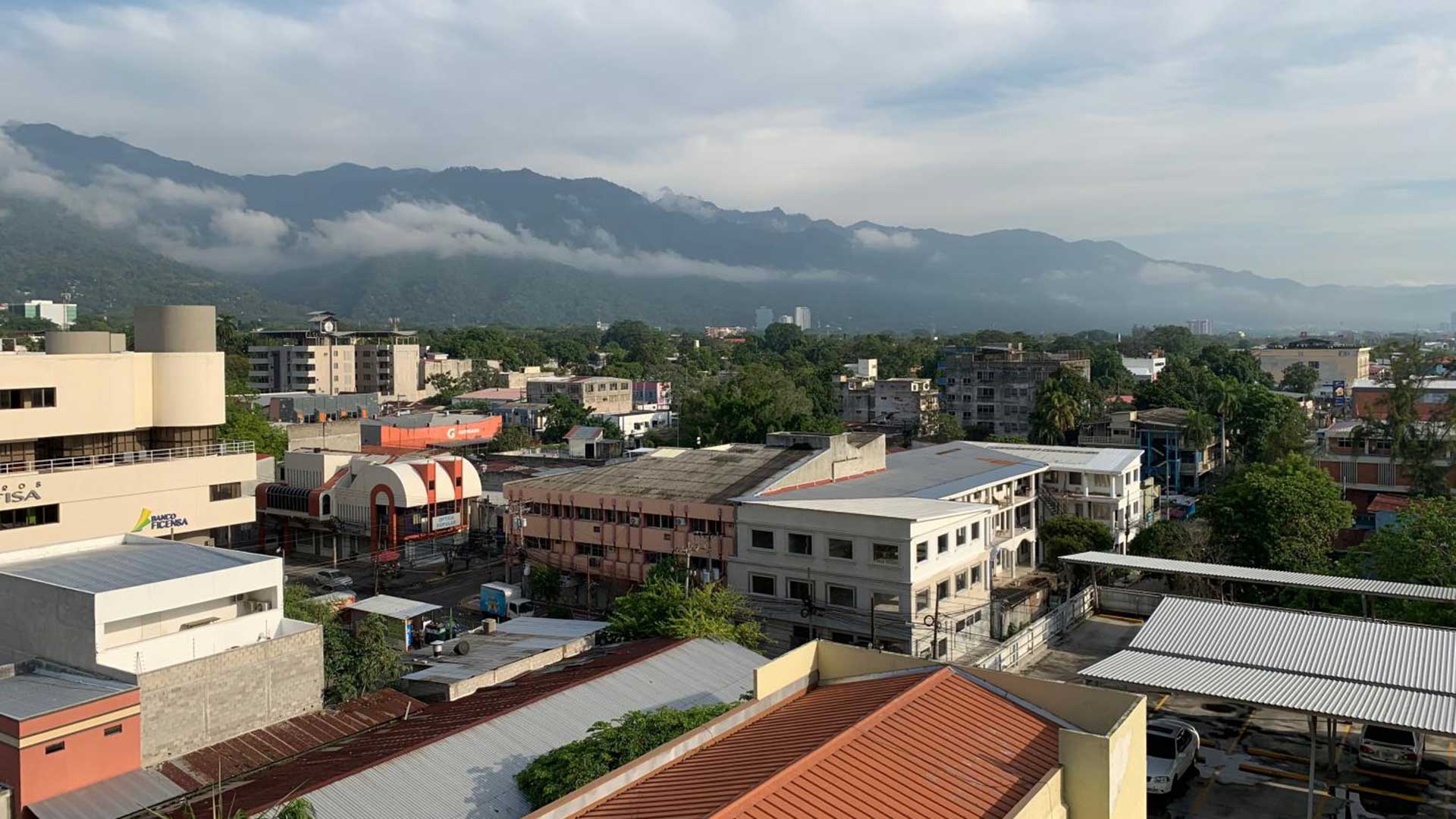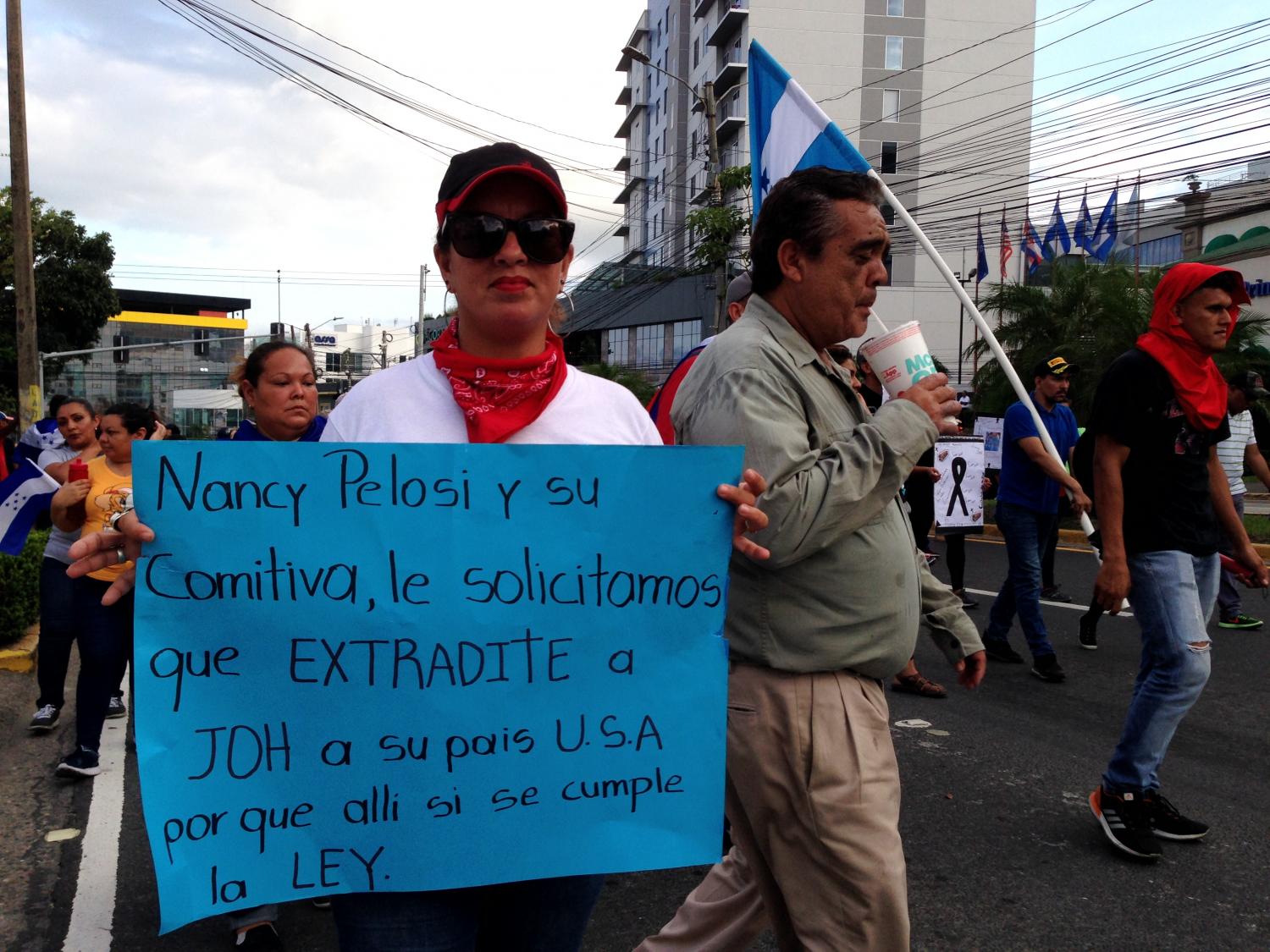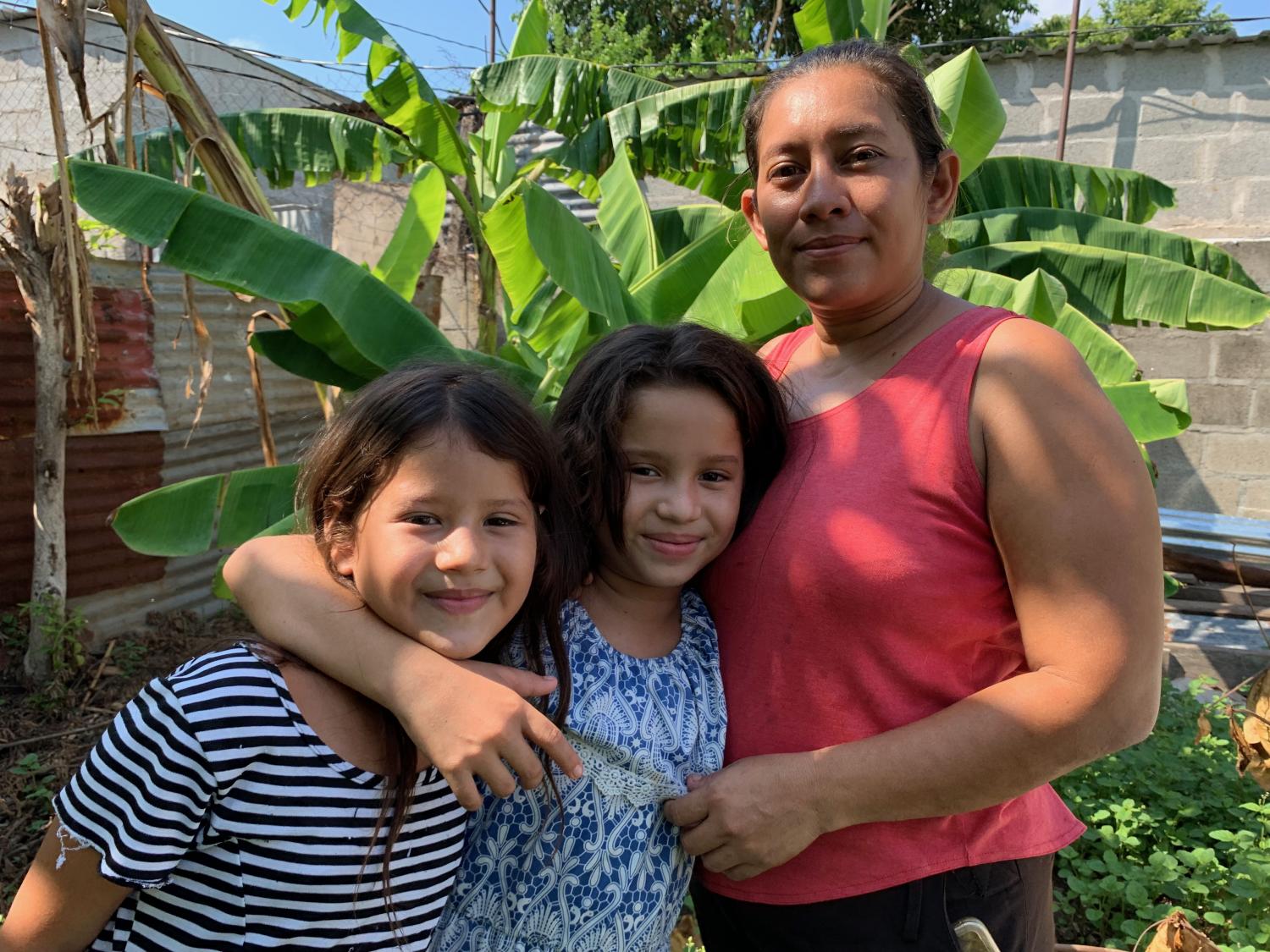 San Pedro Sula has a population of 700,000, the second-most populous city in Honduras.
San Pedro Sula has a population of 700,000, the second-most populous city in Honduras.
Part of Tracing the Migrant Journey from KJZZ's Fronteras Desk
The Fronteras Desk reporting team joined migrants as they traveled thousands of miles to reach the U.S. This multipart series put reporters on the ground in four countries to document the challenges migrants face on their trek through Central America, Mexico and the U.S. The journey began in Honduras.
Tracing the Migrant Journey I
Honduras is a country where, for the poorest and most vulnerable, it seems everyone has tried to migrate, has a relative who has migrated or at least knows someone who has migrated northward, looking for an opportunity to improve their lives.
In San Pedro Sula, a bustling city of some 700,000 where banana trade once propelled the economy and textile manufacturing still employs many, the remnants of that migration can be seen in its most economically depressed areas, where the streets are made of dirt and many houses on many blocks look like they've been hastily abandoned.
People’s reasons for migrating are complex and interconnected.
 VIEW LARGER Ingrid Trochez, from the town of La Lima in northern Honduras, holds a sign asking U.S. House Speaker Nancy Pelosi, who made an official visit to Honduras on Aug. 10, 2019, to request the extradition of President Juan Orlando Hernandez.
VIEW LARGER Ingrid Trochez, from the town of La Lima in northern Honduras, holds a sign asking U.S. House Speaker Nancy Pelosi, who made an official visit to Honduras on Aug. 10, 2019, to request the extradition of President Juan Orlando Hernandez. President Juan Orlando Hernandez, at the peak of a wave of Honduran children arriving alone at the U.S. border in 2014, said the country’s young people were fleeing violent gangs who had taken a hold of large swaths of the country’s cities. And while many in San Pedro Sula say they want to flee gang violence, just as many say they want to leave because they can’t find steady work near their homes.
 VIEW LARGER Protesters closed North Boulevard just outside San Pedro Sula on Aug. 12, 2019, cutting off circulation in one of the main entry points to the city. They’re demanding the resignation of President Juan Orlando Hernandez.
VIEW LARGER Protesters closed North Boulevard just outside San Pedro Sula on Aug. 12, 2019, cutting off circulation in one of the main entry points to the city. They’re demanding the resignation of President Juan Orlando Hernandez. Simultaneously, thousands of teachers, doctors and university students have been taking to the streets since April on an almost daily basis, blocking major arteries in San Pedro Sula and the capital of Tegucigalpa, demanding the resignation of Hernandez, whose two elections were marred by claims of fraud and who is at the center of a U.S. Drug Enforcement Administration investigation in claims of “large-scale drug-trafficking and money laundering.”
Protesters blame the country’s poverty and migration on what they say is Hernadez’s grafting and corruption.
“We don’t want our friends and neighbors to leave. We want the president to leave,” said Jesus Chevez, a high school student at a recent march in downtown San Pedro Sula.
 VIEW LARGER Sonia Maritza Hernandez, 35, and her daughters Raschel (left), 8, and Yolanni, 6. Hernandez said they migrated north in April because she and her partner couldn’t find work in San Pedro Sula.
VIEW LARGER Sonia Maritza Hernandez, 35, and her daughters Raschel (left), 8, and Yolanni, 6. Hernandez said they migrated north in April because she and her partner couldn’t find work in San Pedro Sula. In the Fronteras Desk’s special report "Tracing the Migrant Journey," we looked at key points along the routes many migrants take by land to reach the U.S. And we begin in Honduras because it has become the top country of origin for migrants on the U.S.’ southwest border.
At least 285,000 Hondurans were detained trying to reach the U.S. in the past year, accounting for 47% of apprehensions in Mexico and 33% from the top four countries on the Southwest U.S. border, according to Mexican and U.S. government figures.
In San Pedro Sula, we meet recent migrants, future migrants who explain their reasons for leaving; a teacher and a lawyer who say migration is only a symptom of the country’s chronic ailments; and former President José Manuel Zelaya Rosales, whose overthrow by the military in 2009, according to many observers, triggered the country’s instability over the past decade.


By submitting your comments, you hereby give AZPM the right to post your comments and potentially use them in any other form of media operated by this institution.